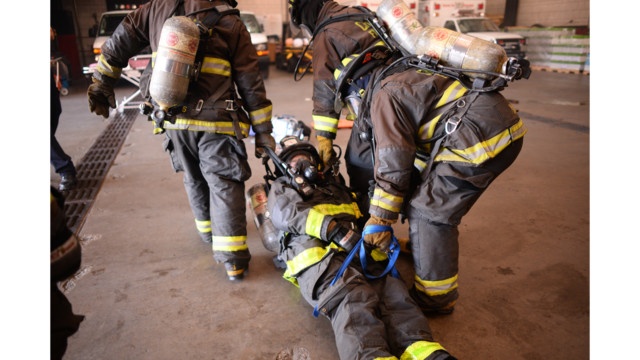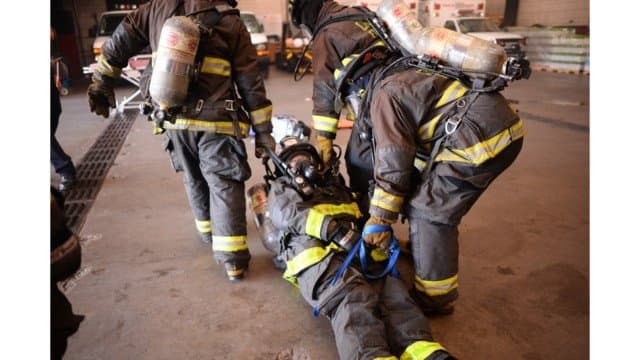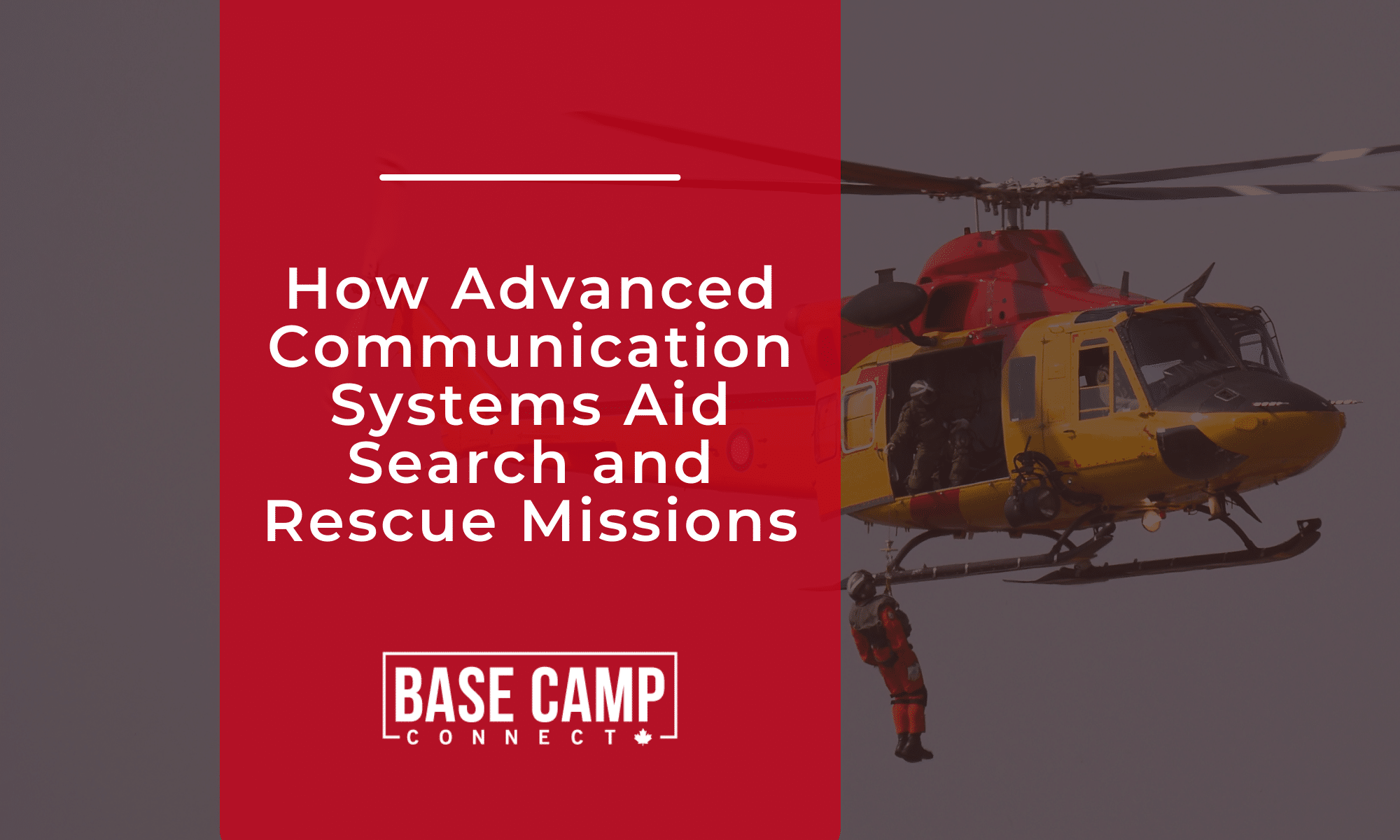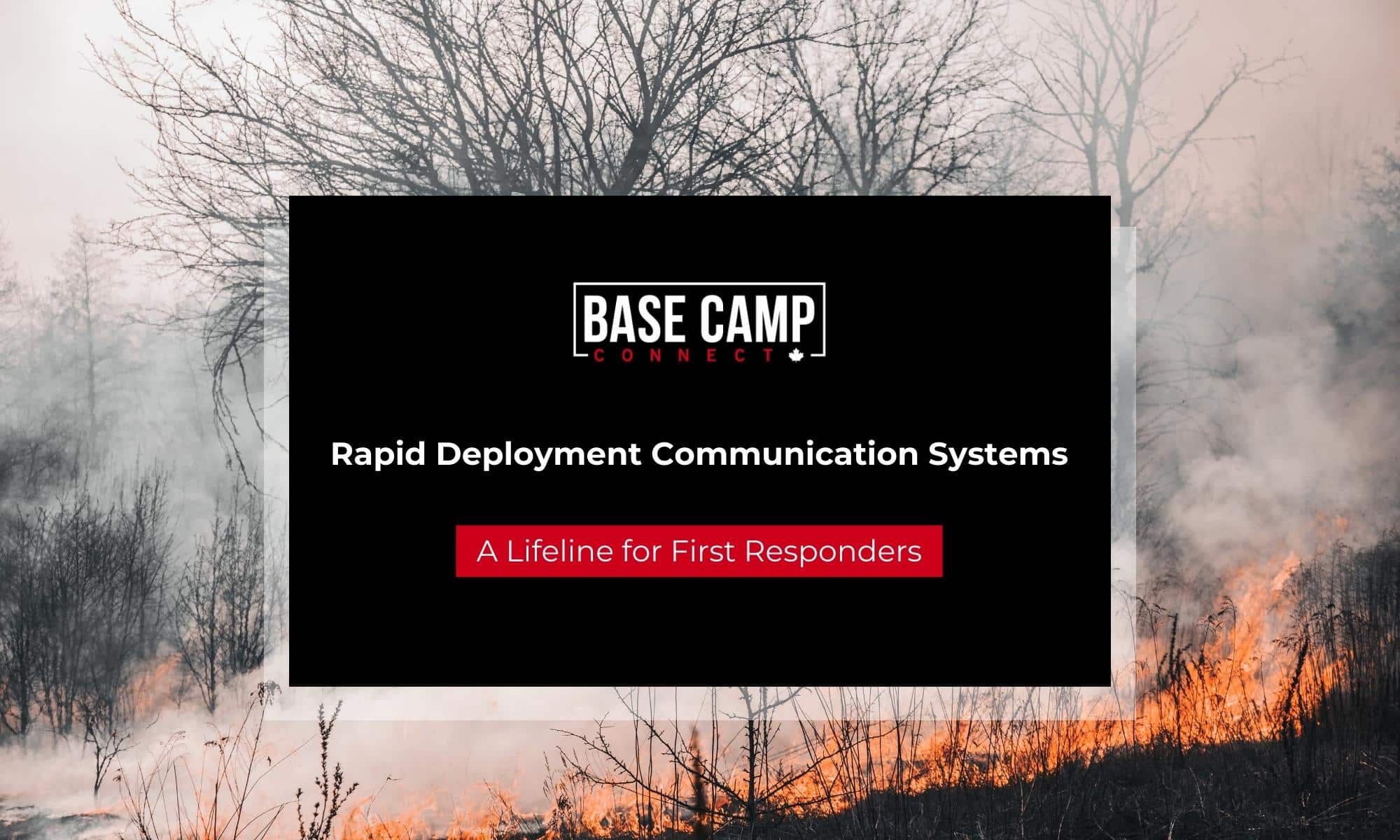One year ago, we have decided to start a blog on public safety communications! We have partnered with five amazing emergency management professionals to bring you the best content about public safety trends, news, and tips. We want to thank them for their incredible work they have done throughout the year. Thanks to them, we published 47 articles that were read more than 7000 times!
We also want to thank you for reading our articles, we know how precious is your time. Any tips or suggestions? Feel free to share them in the comment section. Moreover, if you’re interested to write articles, contact us at info@basecampconnect.com
To finish off this exceptional year, we invite you to read or re-read the top 5 most popular articles.
Communications on the fireground are difficult at best when things are going right, now when you add a mayday incident into the mix, things can go terribly wrong in just a few minutes. There are many sides to the mayday communication incident that everyone needs to be aware of and must follow your departments SOP/SOG to ensure the fast response to those firefighters in trouble.

3 Steps to Properly Use a Radio
When a firefighter joins the fire service, they are given training on operating hose line, throwing ladders and using a self-contained breathing apparatus; but not much time is given to train them on how to properly use a radio. I can hear the readers first thought; how hard can it be to operate a radio, you just need to push the button and talk. Yes that is true to a point, but we need to show our firefighters two things. First is the care, maintenance and use of the radio and secondly how to properly use the radio to communicate.
4 Things Fire Departments Forget When they Design Fire Apparatus Specifications
Jim Lyons is a seasoned professional with more than twenty-five years of experience in sales, marketing and management. He’s a nationally recognized expert in fire apparatus specification, design, quality assurance and training. Jim is the President and Owner of J. Lyons Fire Consultants providing consultation services to fire departments, municipal government agencies and companies engaged in purchasing and servicing of firefighting equipment and apparatus.

Operational Interoperability – An Emergency Management Must
With the ever-increasing complexity, frequency and breadth of emergencies, crises and disasters, the notion of interoperability between responding agencies and emergency managers is becoming exponentially more important than ever before.
3 Ted Talks Every Emergency Manager should Watch
Here’s our selection of the Best TED Talks for Emergency Managers. Hopefully, these technologies will become increasingly used in the future.














